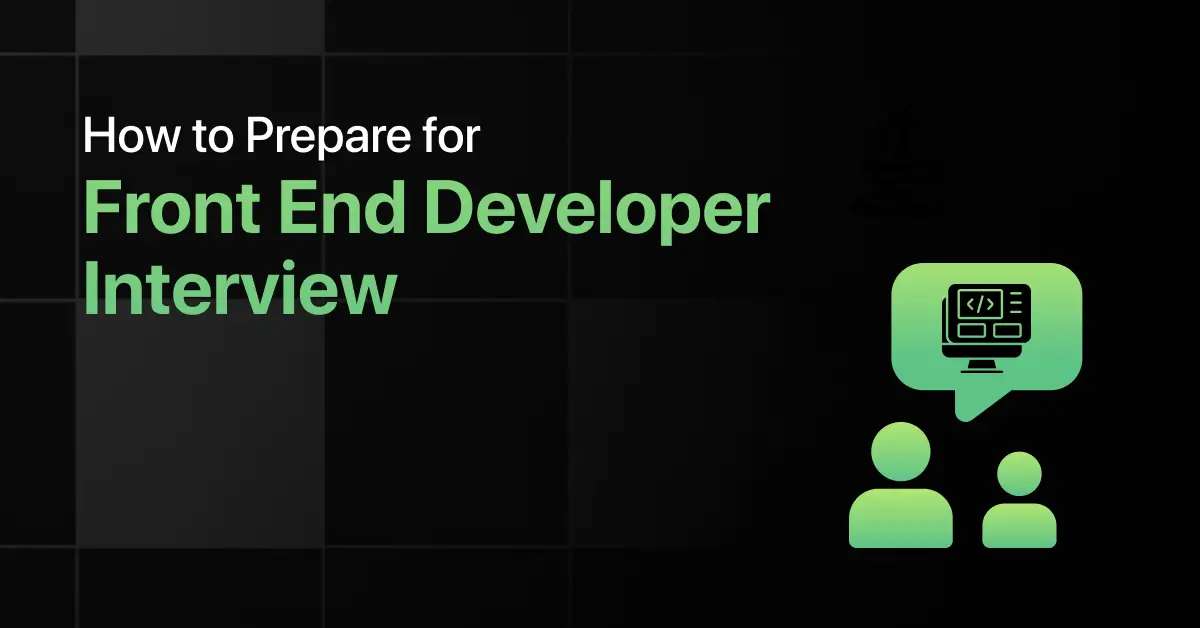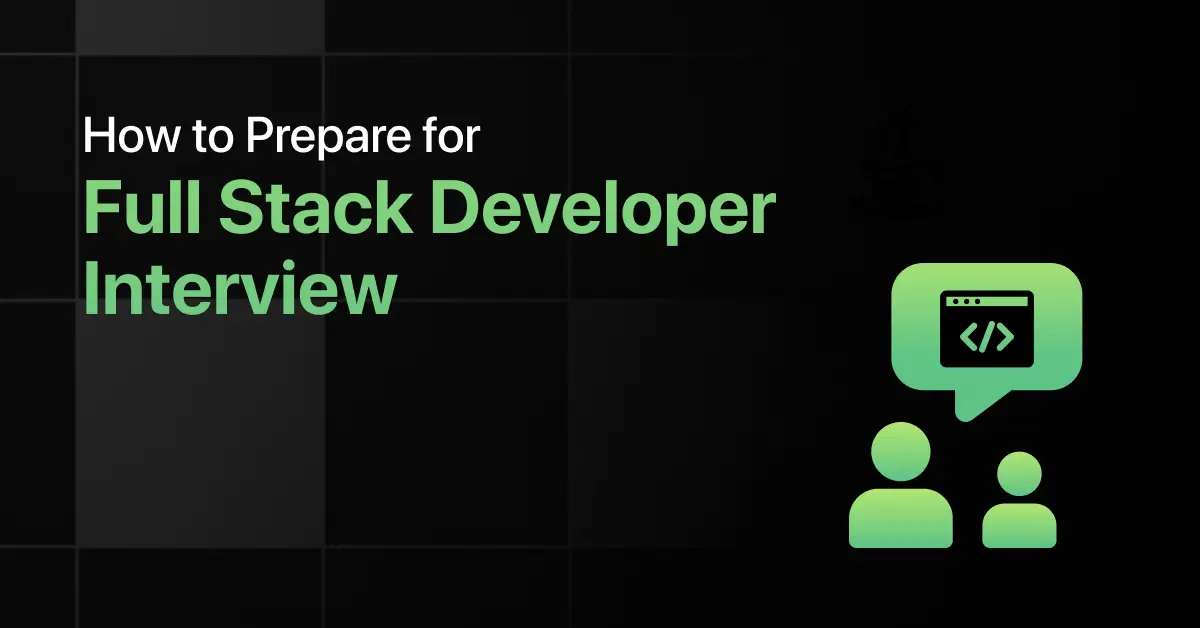Best Programming Languages for Backend Development
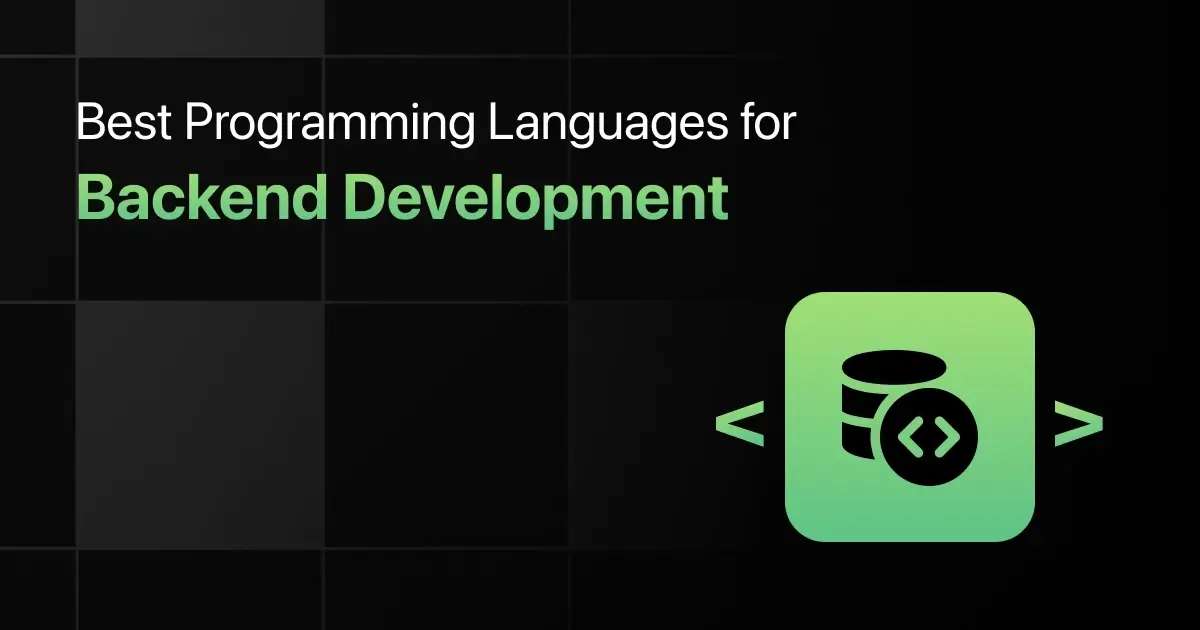
When starting a journey in backend development, choosing the right programming language is important. You might wonder, which language is best for backend web development?
This guide will help you explore the top 10 programming languages that are highly recommended for backend development.
From popular choices to specialized options, we will learn the best backend languages for web development.
Best Coding Languages for Backend Development – Overview
Here’s an overview of the 10 best programming languages for backend development:
| S.No. | Programming Language | Learning Curve | Job Market Demand | Learning Resources |
|---|---|---|---|---|
| 1 | JavaScript (Node.js) | Easy | Backend Services, Real-time Apps, APIs | Learn More |
| 2 | Python | Easy | Backend Services, Web Apps, Automation | Learn More |
| 3 | Java | Medium | Enterprise Solutions, Android Apps | Learn More |
| 4 | Ruby | Easy | Web Apps, APIs | Learn More |
| 5 | PHP | Easy | Dynamic Websites, Web Apps | Learn More |
| 6 | C# | Medium | Enterprise Apps, Game Development | Learn More |
| 7 | Go | Medium | Microservices, High-performance Apps | Learn More |
| 8 | Rust | Medium | System Programming, High-performance Apps | Learn More |
| 9 | Kotlin | Easy | Android Apps, Server-side Development | Learn More |
| 10 | TypeScript | Easy | Full-stack Development, Large-scale Apps | Learn More |
Top 10 Programming Languages for Backend Development
Below are the top 10 programming languages for backend development:
1. Javascript (Node.js)
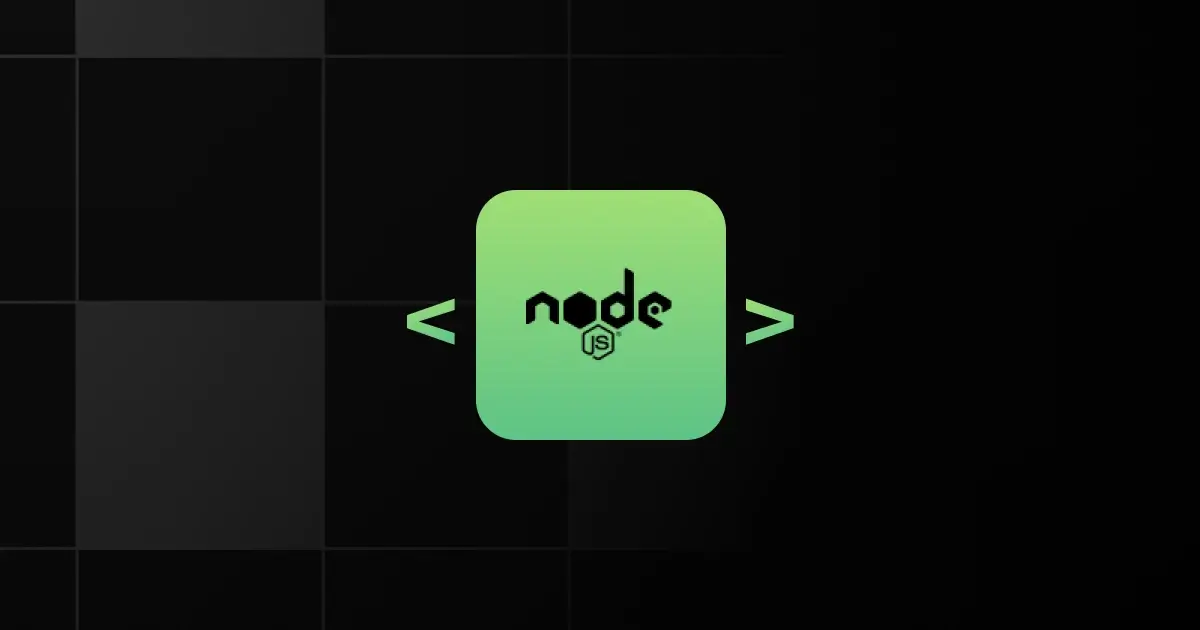


JavaScript, with Node.js, is a powerful tool for backend development. It helps in building scalable network applications and real-time systems.
Popularity:
- Widely used in full-stack development.
- Popular for real-time applications.
- Common in microservices architecture.
Learning Curve: Easy
Framework and Library Support:
- Express.js (Web Applications)
- Koa.js (Web Applications)
- NestJS (Web Applications)
Integration Capabilities:
- Integrates with databases like MongoDB and MySQL.
- Compatible with REST and GraphQL APIs.
- Supports WebSocket for real-time communication.
Security Features:
- Built-in security features in frameworks.
- Tools for authentication and authorization.
- Regular security updates.
Community and Support:
- Large and active community.
- Extensive online resources and tutorials.
- Numerous open-source projects and contributions.
Job Market Demand:
- Used for backend services, real-time applications, and APIs.
- High demand in startups, tech companies, and web development firms.
Future Prospects and Trends:
- Increasing use in microservices and serverless architectures.
- Growing popularity in IoT and real-time web applications.
2. Python
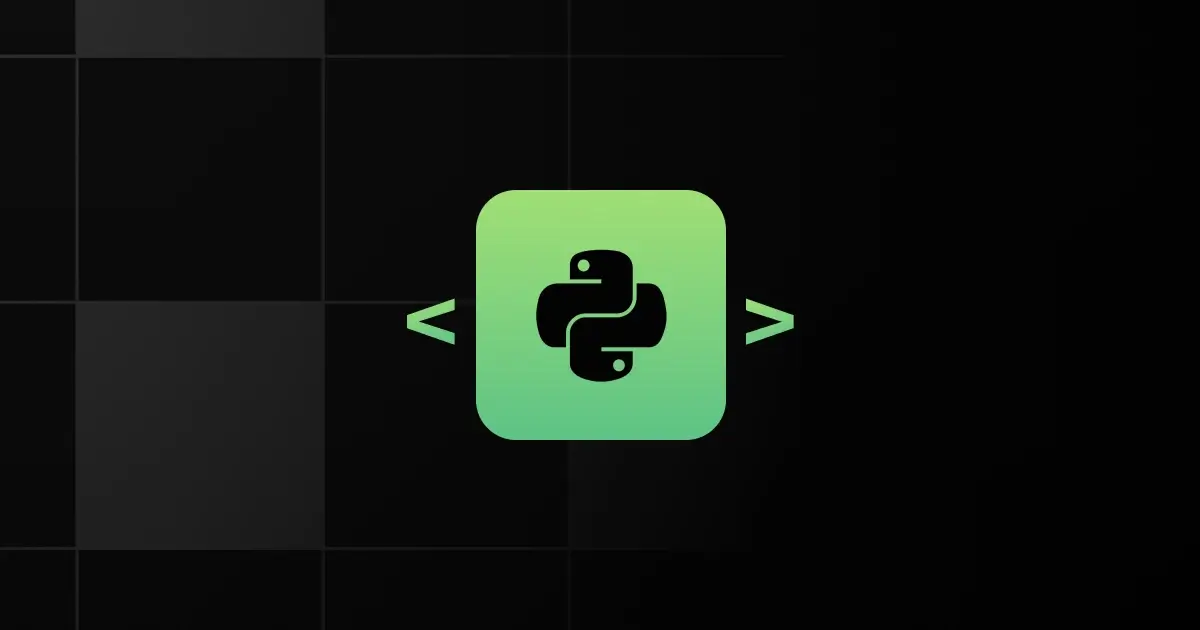


Python is known for its simplicity and readability. It helps in backend web development with powerful frameworks and is widely used for automation and data processing.
Popularity:
- Popular in web development.
- Widely used in data analysis.
- Strong presence in AI applications.
Learning Curve: Easy
Framework and Library Support:
- Django (Web Development)
- Flask (Web Development)
- FastAPI (Web Applications)
Integration Capabilities:
- Easily integrates with various databases.
- Supports REST and GraphQL APIs.
- Compatible with numerous web technologies.
Security Features:
- Built-in security features in frameworks.
- Tools for authentication and encryption.
- Regular security updates.
Community and Support:
- Large and active community.
- Extensive documentation and resources.
- Numerous forums and user groups.
Job Market Demand:
- Used for backend services, web applications, and automation.
- High demand in tech companies, research institutions, and startups.
Future Prospects and Trends:
- Growing use of machine learning and AI.
- Increasing adoption in web development and automation.
3. Java
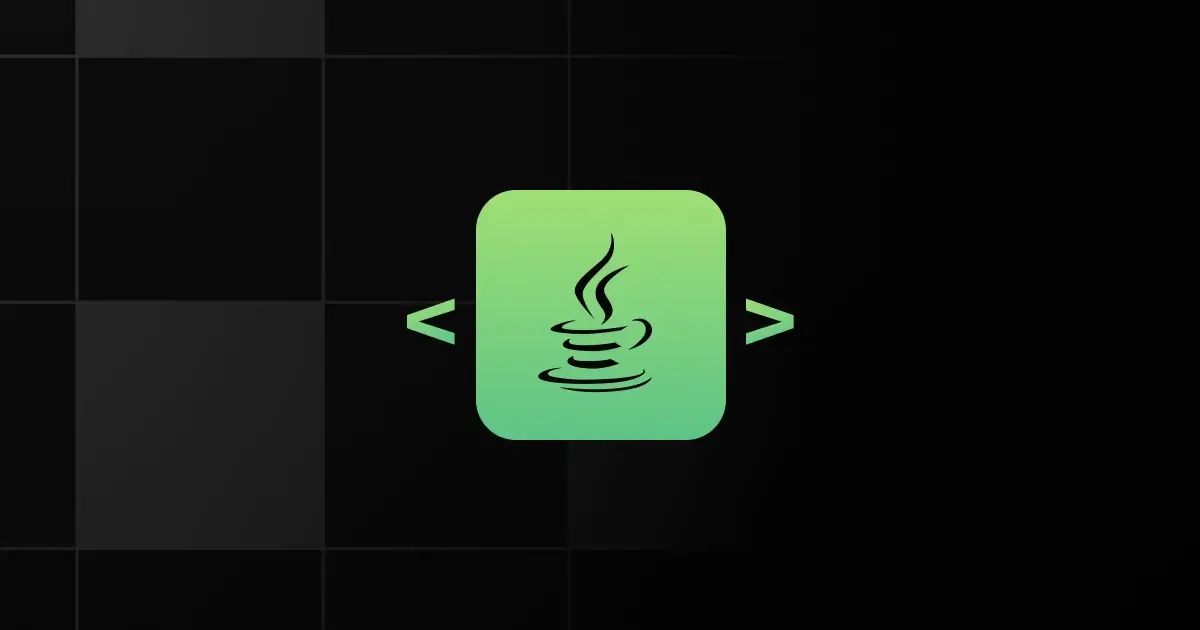


Java is a robust, object-oriented language. It helps in building large-scale, high-performance backend systems and enterprise-level applications.
Popularity:
- Extensive use in enterprise applications.
- Popular for Android development.
- Strong presence in large-scale systems.
Learning Curve: Medium
Framework and Library Support:
- Spring (Enterprise Applications)
- Hibernate (ORM)
- Micronaut (Microservices)
Integration Capabilities:
- Easily integrates with databases and other systems.
- Strong support for RESTful APIs.
- Compatible with various enterprise technologies.
Security Features:
- Built-in security manager.
- Tools for authentication and encryption.
- Regular security updates.
Community and Support:
- Large and established community.
- Extensive documentation and resources.
- Numerous forums and user groups.
Job Market Demand:
- Used for backend services, enterprise solutions, and Android apps.
- High demand in large corporations, financial institutions, and tech companies.
Future Prospects and Trends:
- Continues to be a preferred language for enterprise solutions.
- Increasing relevance with the rise of microservices and cloud computing.
4. Ruby
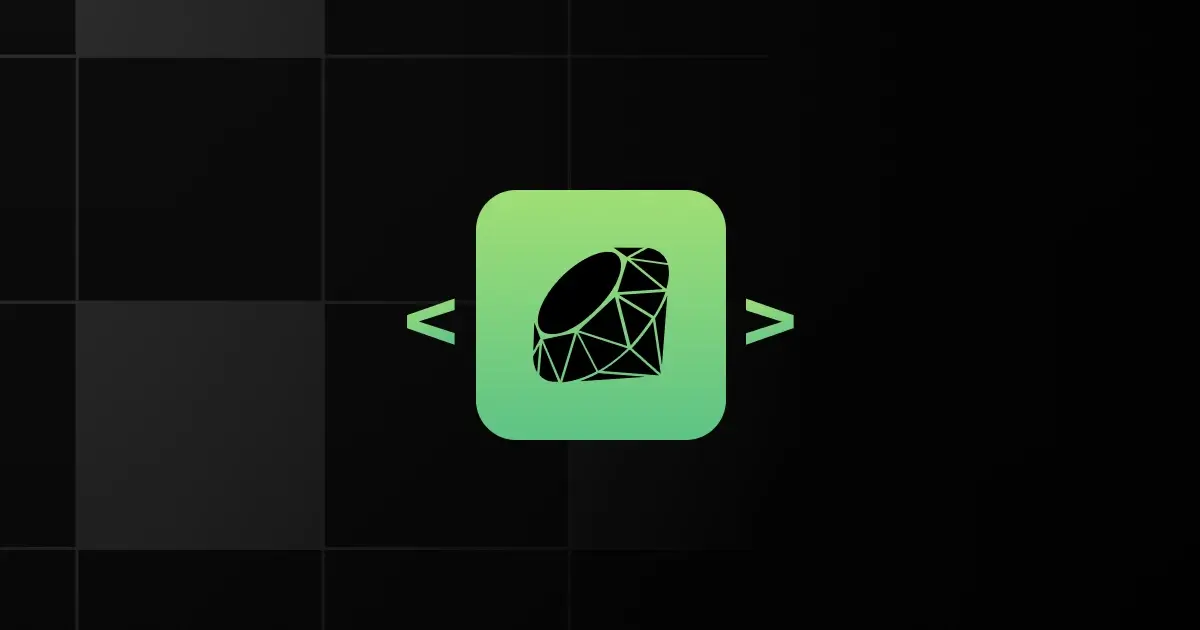


Ruby is a dynamic, open-source language focused on simplicity. It helps in backend web development with the Ruby on Rails framework, known for its speed and efficiency.
Popularity:
- Widely used in web development.
- Popular for building web applications.
- Strong presence in tech startups.
Learning Curve: Easy
Framework and Library Support:
- Ruby on Rails (Web Development)
- Sinatra (Web Applications)
- Hanami (Web Development)
Integration Capabilities:
- Easily integrates with databases.
- Supports RESTful APIs.
- Compatible with numerous web technologies.
Security Features:
- Built-in security features in frameworks.
- Tools for authentication and authorization.
- Regular security updates.
Community and Support:
- Large and active community.
- Extensive online resources and tutorials.
- Numerous open-source projects and contributions.
Job Market Demand:
- Used for backend services, web applications, and APIs.
- High demand in startups, tech companies, and web development firms.
Future Prospects and Trends:
- Continues to be popular for web development.
- Increasing use in building scalable and maintainable web applications.
5. PHP
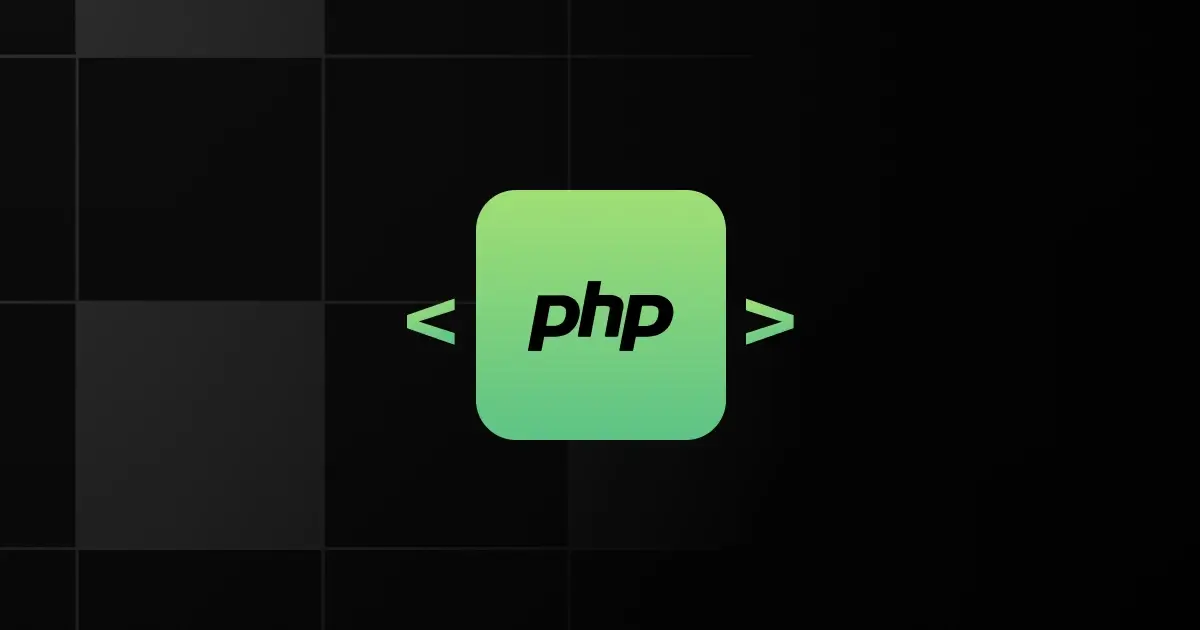


PHP is a server-side scripting language designed for web development. It helps in creating dynamic and interactive web pages efficiently.
Popularity:
- Widely used in web development.
- Popular for content management systems.
- Strong presence in server-side scripting.
Learning Curve: Easy
Framework and Library Support:
- Laravel (Web Development)
- Symfony (Web Development)
- CodeIgniter (Web Development)
Integration Capabilities:
- Easily integrates with databases like MySQL.
- Supports REST and GraphQL APIs.
- Compatible with numerous web technologies.
Security Features:
- Built-in security features in frameworks.
- Tools for detecting vulnerabilities.
- Regular security updates.
Community and Support:
- Large and active community.
- Extensive online resources and tutorials.
- Numerous open-source projects and contributions.
Job Market Demand:
- Used for backend services, dynamic websites, and web applications.
- High demand in web development firms, startups, and tech companies.
Future Prospects and Trends:
- Continues to be widely used for web development.
- Increasing use in building scalable and secure web applications.
6. C#
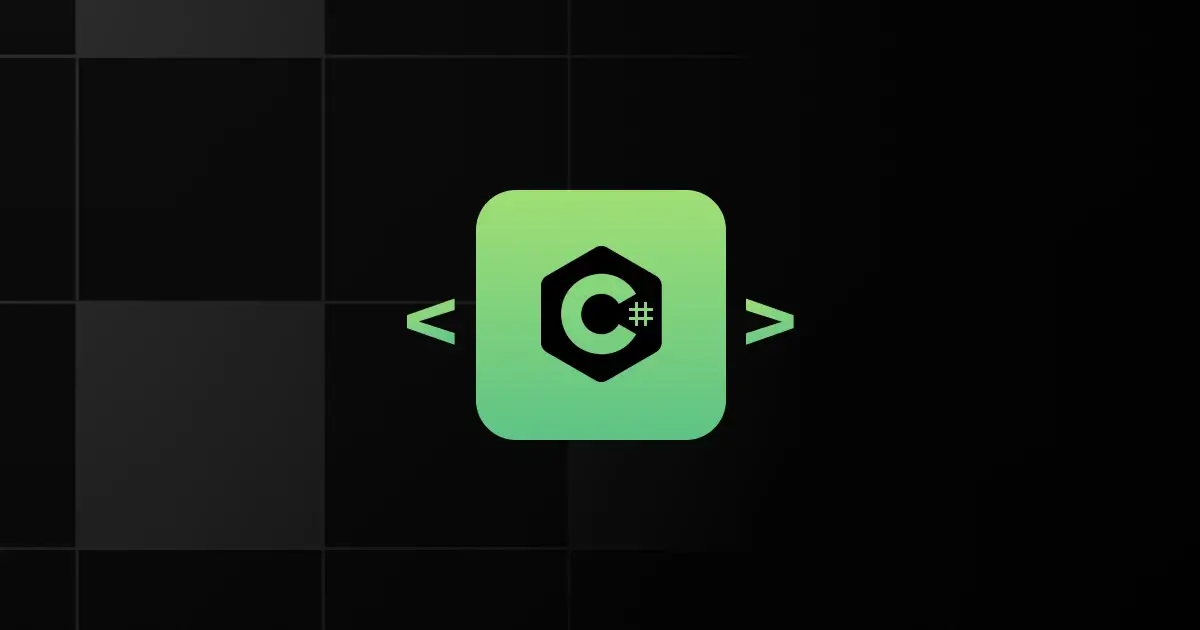


C# is a modern, object-oriented language developed by Microsoft. It helps in building robust backend systems, especially with the .NET framework for web applications.
Popularity:
- Commonly used in enterprise environments.
- Popular for game development.
- Strong presence in Windows applications.
Learning Curve: Medium
Framework and Library Support:
- ASP.NET (Web Development)
- Entity Framework (ORM)
- .NET Core (Cross-Platform Development)
Integration Capabilities:
- Easily integrates with various databases.
- Supports RESTful APIs.
- Compatible with Microsoft Azure services.
Security Features:
- Built-in security features in frameworks.
- Tools for authentication and encryption.
- Regular security updates.
Community and Support:
- Large and active community.
- Extensive documentation and resources.
- Numerous forums and user groups.
Job Market Demand:
- Used for backend services, enterprise applications, and game development.
- High demand in large corporations, software development firms, and tech companies.
Future Prospects and Trends:
- Increasing use in cloud computing and microservices.
- Growing popularity in cross-platform development with .NET Core.
7. Go
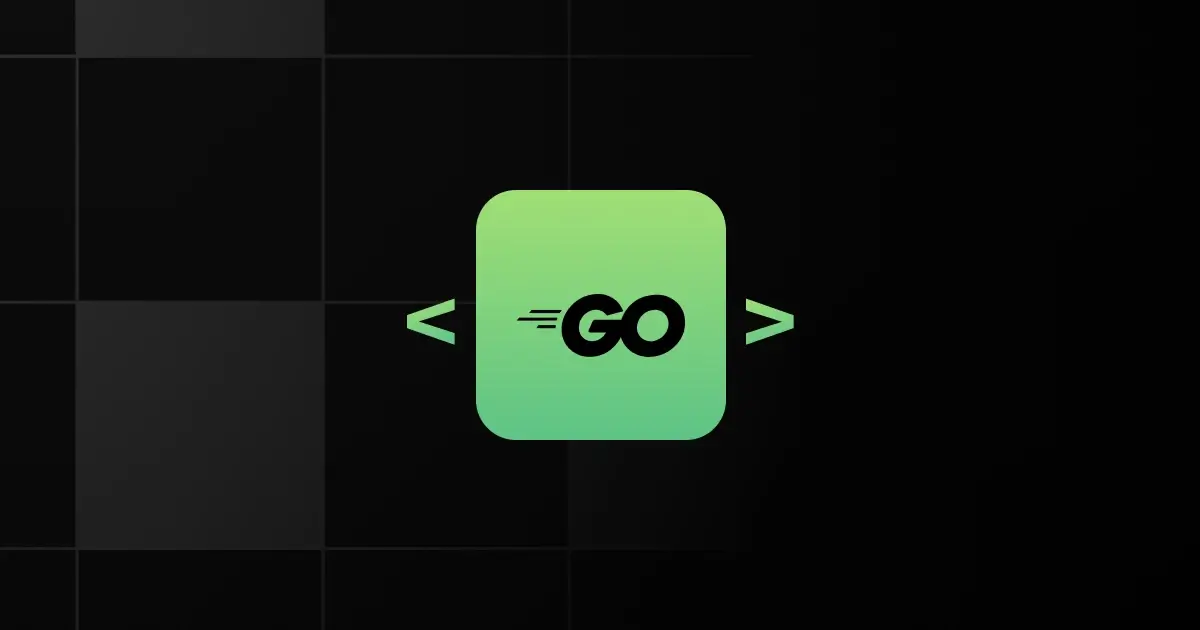


Go, or Golang is a statically-typed language designed by Google. It helps in building high-performance, scalable backend systems and microservices.
Popularity:
- Popular for microservices.
- Widely used in cloud services.
- Strong presence in high-performance applications.
Learning Curve: Medium
Framework and Library Support:
- Gin (Web Framework)
- Revel (Web Framework)
- GORM (ORM)
Integration Capabilities:
- Easily integrates with various databases.
- Supports RESTful APIs.
- Compatible with cloud services like Google Cloud.
Security Features:
- Built-in security features.
- Tools for detecting vulnerabilities.
- Regular security updates.
Community and Support:
- Growing and active community.
- Extensive online resources and tutorials.
- Numerous open-source projects and contributions.
Job Market Demand:
- Used for backend services, microservices, and high-performance applications.
- High demand in tech companies, cloud service providers, and startups.
Future Prospects and Trends:
- Increasing use in cloud-native applications.
- Growing popularity in microservices architecture.
8. Rust
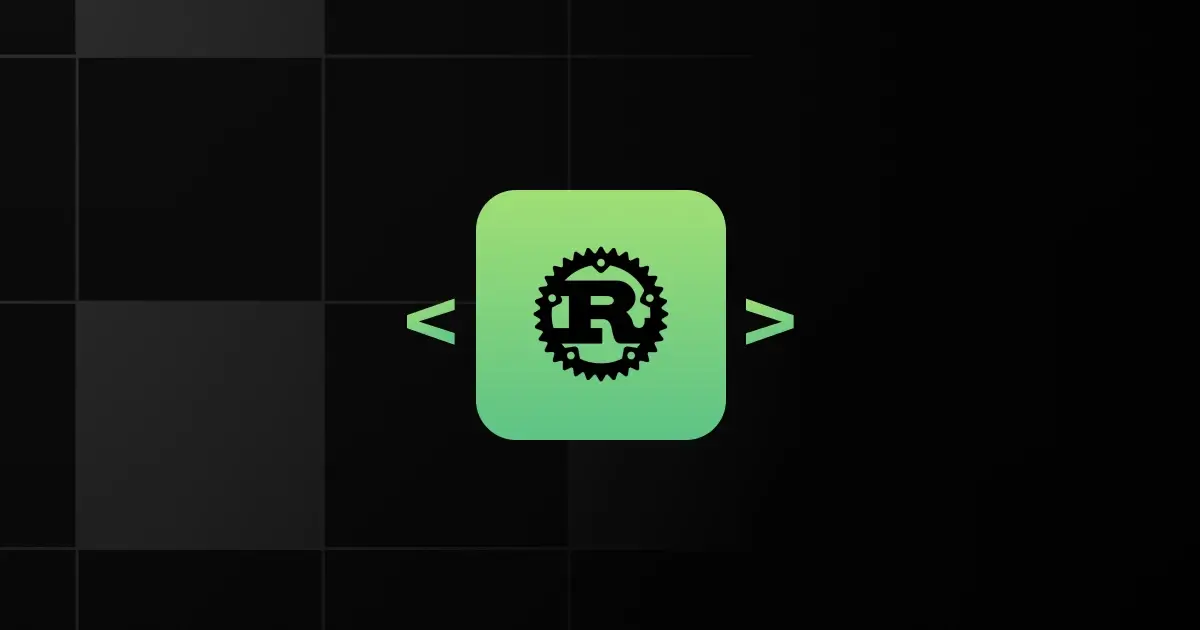


Rust is a systems programming language focused on safety and performance. It helps in building reliable and efficient backend systems with strong memory safety features.
Popularity:
- Gaining traction in system programming.
- Popular for high-performance applications.
- Strong presence in new technology stacks.
Learning Curve: Medium
Framework and Library Support:
- Actix (Web Framework)
- Rocket (Web Framework)
- Diesel (ORM)
Integration Capabilities:
- Easily integrates with various databases.
- Supports RESTful APIs.
- Compatible with web technologies.
Security Features:
- Strong memory safety guarantees.
- Tools for detecting vulnerabilities.
- Regular security updates.
Community and Support:
- Growing and active community.
- Extensive online resources and tutorials.
- Numerous open-source projects and contributions.
Job Market Demand:
- Used for backend services, system programming, and high-performance applications.
- High demand in tech companies, hardware manufacturers, and startups.
Future Prospects and Trends:
- Increasing use in system-level programming and high-performance applications.
- Growing adoption in new technology stacks and frameworks.
9. Kotlin
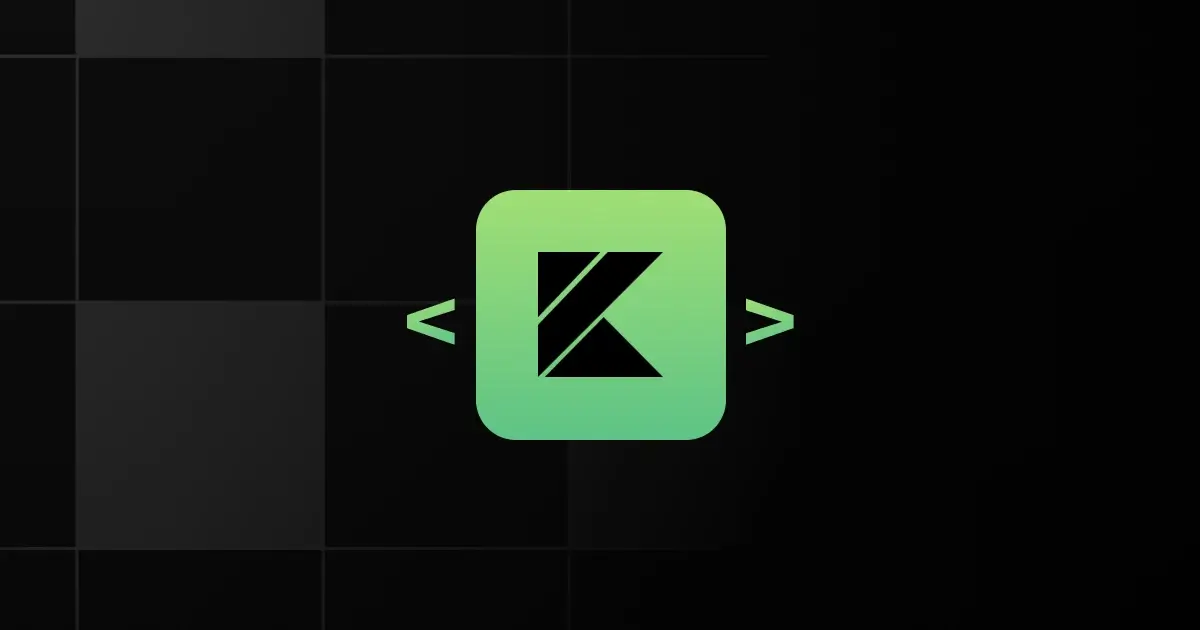


Kotlin is a modern, statically typed programming language fully interoperable with Java.
It helps in building efficient and concise backend systems, especially for Android and server-side development.
Popularity:
- Popular for Android development.
- Increasing use in backend services.
- Strong presence in tech companies.
Learning Curve: Easy
Framework and Library Support:
- Ktor (Web Framework)
- Spring (Enterprise Applications)
- Exposed (ORM)
Integration Capabilities:
- Fully interoperable with Java.
- Supports RESTful APIs.
- Compatible with various web technologies.
Security Features:
- Built-in null safety.
- Tools for secure coding practices.
- Regular security updates.
Community and Support:
- Growing and active community.
- Extensive online resources and tutorials.
- Numerous open-source projects and contributions.
Job Market Demand:
- Used for backend services, Android applications, and server-side development.
- High demand in mobile development firms and tech companies.
Future Prospects and Trends:
- Increasing use in Android app development.
- Growing adoption in server-side and web development.
10. Typescript
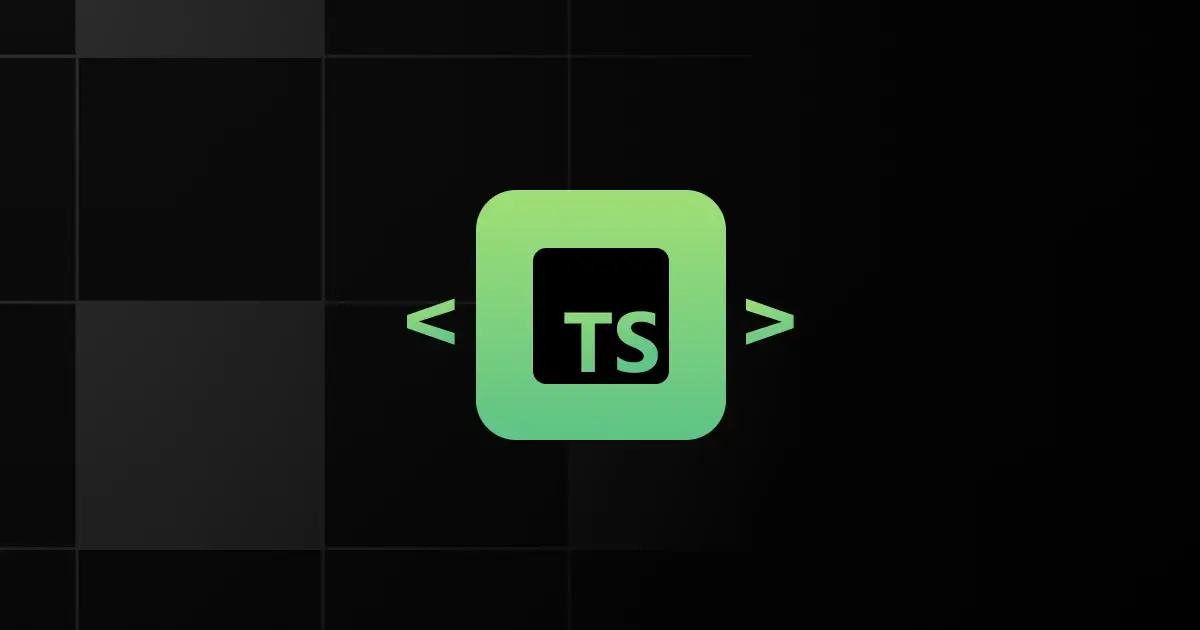


TypeScript is a superset of JavaScript that adds static typing. It helps in building large-scale, maintainable backend systems with enhanced code reliability.
Popularity:
- Growing popularity in large-scale applications.
- Widely used in full-stack development.
- Strong presence in the web development community.
Learning Curve: Easy
Framework and Library Support:
- NestJS (Web Framework)
- TypeORM (ORM)
- Express.js (Web Applications)
Integration Capabilities:
- Easily integrates with JavaScript ecosystems.
- Supports RESTful APIs.
- Compatible with numerous web technologies.
Security Features:
- Built-in static typing.
- Tools for detecting vulnerabilities.
- Regular security updates.
Community and Support:
- Growing and active community.
- Extensive online resources and tutorials.
- Numerous open-source projects and contributions.
Job Market Demand:
- Used for backend services, full-stack development, and large-scale applications.
- High demand in tech companies, startups, and web development firms.
Future Prospects and Trends:
- Increasing use in large-scale web applications.
- Growing adoption in full-stack development.
Final Words
Choosing what is the best backend language for web development depends on your project needs and goals. By understanding the options, you can select the best language for backend web development that ensures efficiency and scalability.
Start with a language that matches your objectives and build from there. Happy Coding!
Explore More Backend Resources
Explore More Programming Languages For:
- Web Development
- Getting Jobs
- Future
- Artificial Intelligence
- App Development
- Beginners
- Game Development
- Machine Learning
- Ethical Hacking
- Data Science
- Data Analytics
- Internet of Things
- Blockchain
- Cloud Computing
- UI/UX Design
- Automation Testing
FAQs
The best programming languages for backend development are Python, Java, and Javascript (Node.js).
You should know about the future prospects, job market demands, and integration prospects when choosing a programming language for backend development.
Node.js is the best programming language for beginners in backend development.
Python, Node.js, and Typescript are currently trending in backend development.
Python, PHP, Node.js, and Typescript programming languages offer the best framework and library support for backend development.
Python, Node.js, and PHP programming languages have promising future prospects for backend development.
Related Posts
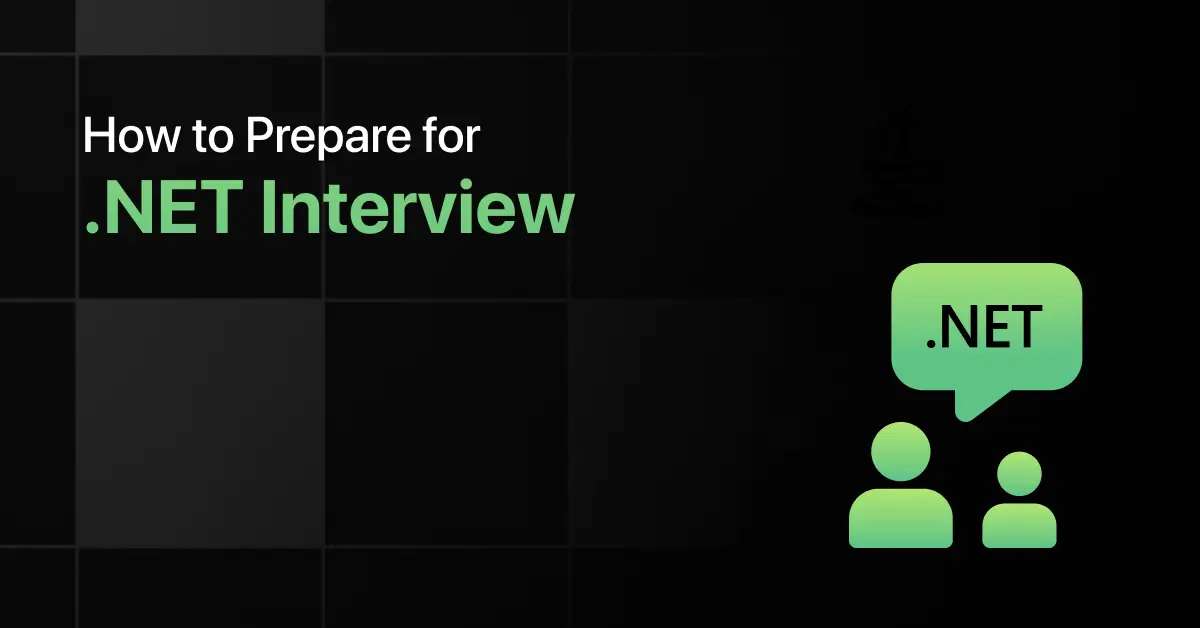

How to Prepare for .Net Interview
Are you preparing for a .NET interview but not sure which topics to prioritize? Many candidates struggle to balance C# fundamentals, …
Warning: Undefined variable $post_id in /var/www/wordpress/wp-content/themes/placementpreparation/template-parts/popup-zenlite.php on line 1050








